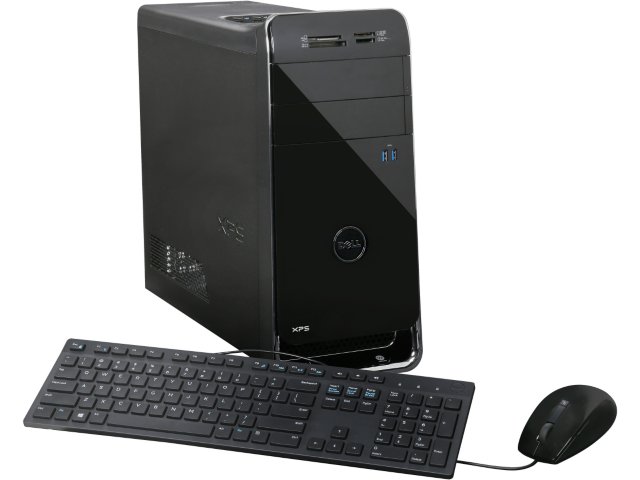I wouldn't smash your laptop just yet, but the quick answer to this question is, yes...kind of. Laptops aren't going anywhere soon, and neither are tablets. The future will most likely have a device that blurs the once distinctive line between these two even more.
The traditional laptop is becoming more tablet-like, with detachable screens and longer battery life. With each new evolution of mobile CPU's we get devices that use less power, generates less heat, and thinks faster. Once a laptop reaches the size of a netbook, you lose most of the functionality that it was originally designed for. The smallest useful laptop in my opinion is the 13 inch variety. I also think the other end of the spectrum is a bit silly. A 17 inch laptop doesn't feel too portable to me. Looking at how tablets are evolving, they seem to break into two camps. Ones that are for reading books, and ones that are meant to be mini laptops. The book reading variety is great for that, playing games, and surfing the web. There's no point in getting a keyboard and trying to make it a micro laptop. You won't be very impressed. The 10 inch tablets on the other hand have some very laptop like capabilities. Depending on the operating system, your choice of applications may be restricted, but a tablet running Windows 10 can run all sorts of programs you never thought possible.
Here's a person running Photoshop on an Asus Transformer Book T100
Believe it or not you can even play some modern games on these! Low graphics settings of course, but still playable.
This really opens the door to budget computing. With the Google suite of word processing programs, what more do you really need in a tablet? Check out our Asus Transformer Book T100TA-C2-EDU for sale - $154.99
Laptops still beat a tablet in terms of raw power and ultimate flexibility. Toshiba took this to the extreme with its Radius unit. The 15.6" touchscreen folds back, creating a tablet-like form factor. Of course it's not as light as a regular tablet, but you can't have everything. Packed with an i7 CPU, 8GBs of RAM, and a terabyte hard drive, there's not much this puppy can't handle. We've got one of these for sale too - Toshiba Satellite Radius 4K P55W-C5208-4K Convertible Laptop - $579.99
The question you have to ask yourself is What do I need to do with this thing? You may find that a tablet fits the bill for you. So I guess the answer to the original question is Yes, they can replace some laptops.








